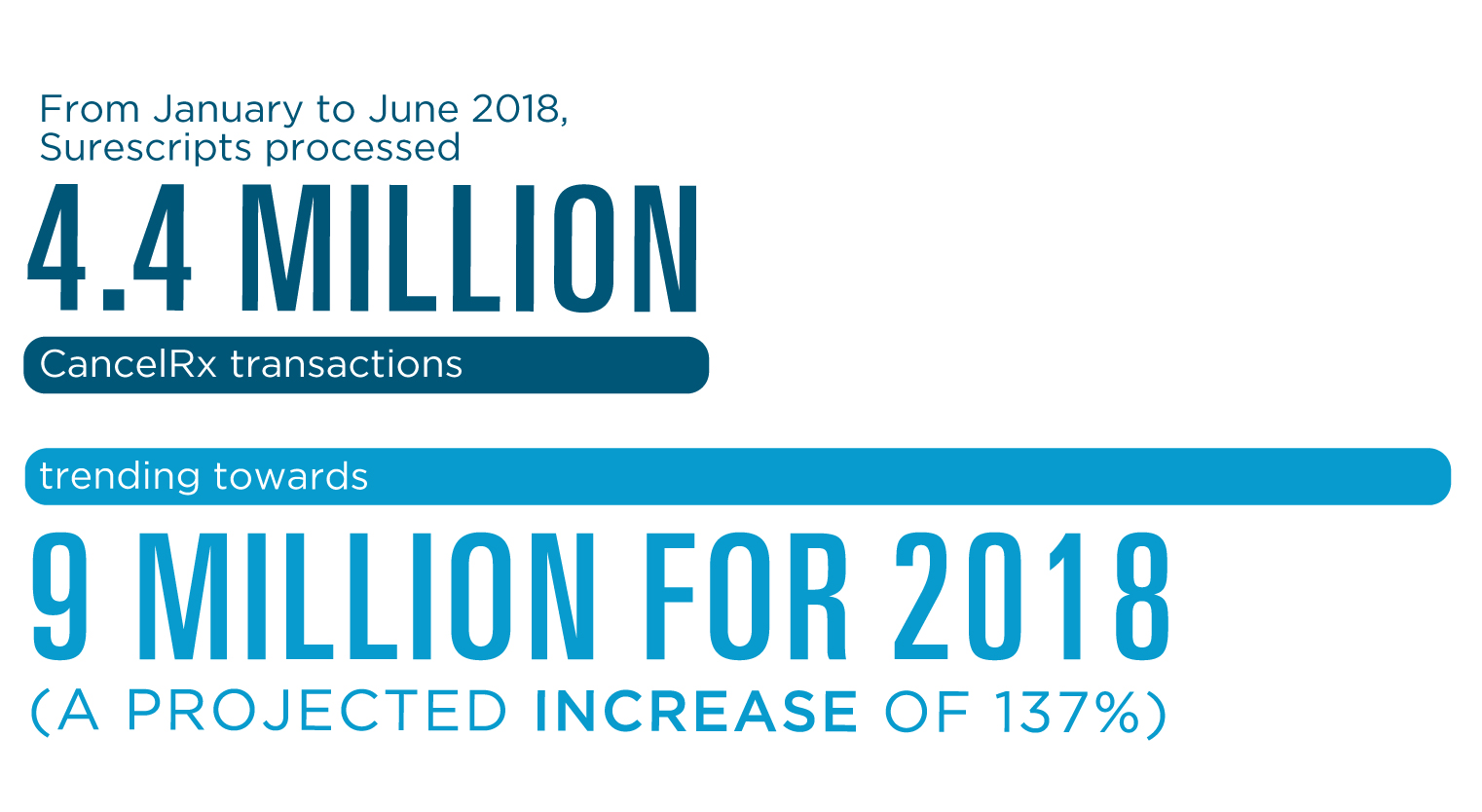From workflow interruptions and avoidable administrative burden, to prescription abandonment and medication non-adherence, subpar prescription accuracy puts patient safety at risk and costs an estimated $300 billion annually.
As Yuze Yang, PharmD and Pharmacist Data Manager at Surescripts explains, “Pharmacists are many things—counselors, medication experts and key members of a patient’s care team. And our ability to deliver safe and high quality care largely depends on the quality and accuracy of the e-prescriptions we receive. We need to be able to clearly understand the prescriber's intent, and it's even better if we can stay in our workflow while we're at it."
In the absence of the right tools—or, in some cases, when prescribers are unaware of the tools available—prescribers create a “digital workaround.” For example, they might attempt to discontinue an old prescription by modifying the new one (i.e. “NewRx”) by entering “STOP” or “Cancel” in the free text field (e.g. the Sig or Notes). But pharmacists might not see this critical information if they are not looking for it in the free text fields.
Consider a patient who receives drug therapies from multiple physicians, and undergoes transitions of care between settings that use different EHRs. The potential for duplicative therapies is very real, so the ability to quickly and easily discontinue medications within the e-prescribing workflow is key.
In fact, studies suggest that patients who receive duplicate or unnecessary medications due to prescription accuracy issues and fulfillment errors are at a higher risk for adverse drug events and negative health outcomes—not to mention the additional costs associated with drugs that they do not need.
The Good News: Prescribers can Cancel a Sent Prescription Today
Prescribers have this ability with CancelRx. And if you’re waiting for the go-ahead from the nation’s largest physician association, the American Medical Association recently stated that it supports greater adoption of electronic prescription cancellation solutions.

Available since 2010, CancelRx was required under MACRA for EHRs, but was optional for prescribers and pharmacies. This is part of the reason for the large disparity in the ability to receive CancelRx on the pharmacy side, along with a lack of end-user awareness, a technology implementation gap and a mutual hesitancy among prescribers and pharmacists to embrace new technology.

Unfortunately, the full potential of the CancelRx transaction has gone unrealized for too long, despite its many benefits. The ability to cancel a sent prescription:
- Improves clinical outcomes and patient safety.
- Simplifies pharmacy and prescriber workflows by eliminating manual processes.
- Saves the time and money of manual processing.
- Strengthens collaboration between pharmacists and prescribers.
- Enhances the patient experience.
- Enables a fully electronic workflow.
- Helps reduce inadvertent duplicate prescriptions.
- Enables electronic changes to treatment course.
- Improves patient safety by ensuring patients pick up only the prescriptions their prescribers intend for them.
As part of our continuous effort to perfect e-prescribing, the Surescripts Network Alliance® has led the industry in promoting this critical functionality, and made great strides in 2017 toward improving prescription accuracy, including a 26 percent improvement in 2017.
Surescripts processed 3.8 million CancelRx transactions in 2017, with 555,000 prescribers and 31,000 pharmacies using CancelRx certified software.
As of the end of June 2018, Surescripts processed 4.4 million CancelRx transactions trending towards 9M for the year.
While this increased use and support of CancelRx bodes well for prescription accuracy and patient safety, there is still work to do. Adoption and utilization are still too low among prescribers and pharmacies. In fact, 69 percent of enabled prescribers are still not initiating transactions.
Still, there are indications of a positive shift on the horizon. While less than a quarter of total pharmacies are enabled with CancelRx, in 2017, 85 percent of enabled pharmacies received at least one transaction.
Healthcare improvements often hinge on increased awareness that a functionality is available to prescribers and pharmacists, and that’s one of our jobs. We have observed that, once clinicians become aware of the power of CancelRx to improve accuracy and patient safety, adoption and utilization increase.
To learn more about CancelRx and how Surescripts is working to improve prescription accuracy and patient safety while lowering costs and ensuring quality care, visit Surescripts National Progress Report.


 Dean Riggott Photography
Surescripts
Dean Riggott Photography
Surescripts